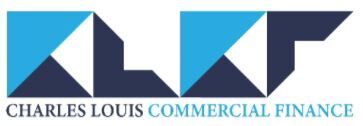What is Loan to value (LTV)?
Most loans are based on their Loan to Value size – for example if you had a £100,000 property and wanted to lend £70,000 you would be looking for a 70% LTV (because you have borrowed 70% of the value of the property)
How are values of property decided? Typically mortgage providers will value the property from purchase price, even if the value is maybe more. So for example if you purchased property for £85,000 but it was really worth £100,000 then the mortgage provider will lend against the purchase price. However, with bridging finance there is a lot more flexibility.
Some Bridging loan providers will lend you up to 80% of the purchase price, so in the same example with a £100,000 house which you paid £85,000 for, some lenders will lend you up to 80% of the value – so £80,000. Meaning you only have to put £5000 towards the purchase!
There is also a type of valuation called AVM which is a desktop valuation of a property done by a lender when somebody needs to borrow a small LTV up to 60%. This is a cheaper option for the borrower as they do not need to pay for a valuation by the lender. However when reaching higher LTV’s lender will like to send their valuation team around to get a true value which can cost up to £1000 per property.
FAQ
- What’s the difference between a regulated bridging loan and unregulated one?
- What bridging fees are there?
- What is the Bridging Maximizer™
- What is the ‘better than published’ promise?
- What does ‘No broker fees’ mean?
- What is the rate match guarantee?
- Can I get a better deal if I contact lenders directly?
- What is bridging finance?
- What are the pros and cons of bridging finance?
- What does a lender need to know about you, the borrower?
- What is LTV?
- What is first and second charge lending?
- What is light / medium / heavy bridging development finance?

